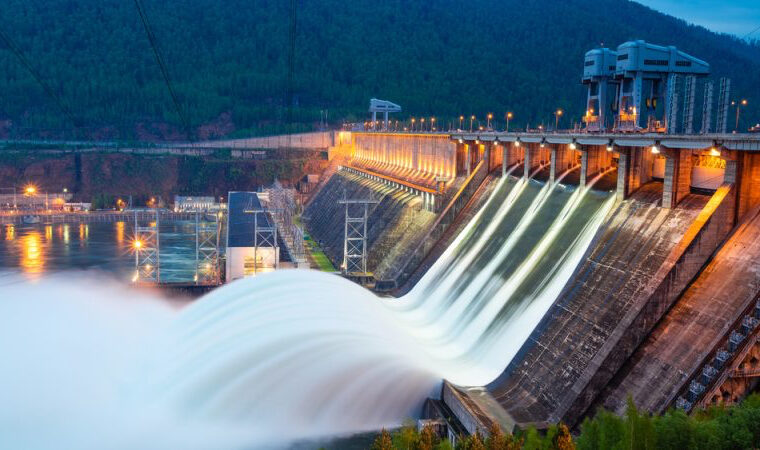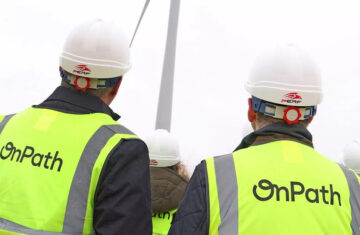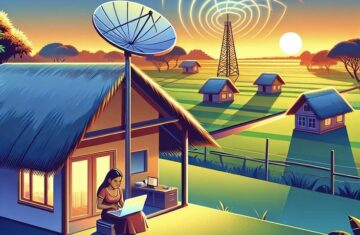The Power of Hydropower Energy in France: A Comprehensive Overview
Hydropower energy is one of the most significant and established renewable energy sources in France. With its vast river systems and mountainous terrain, France has harnessed the power of water to generate electricity for over a century. This article explores the current state of hydropower energy in France, its advantages, challenges, and future prospects, supported by official statistics and credible sources.
Understanding Hydropower Energy
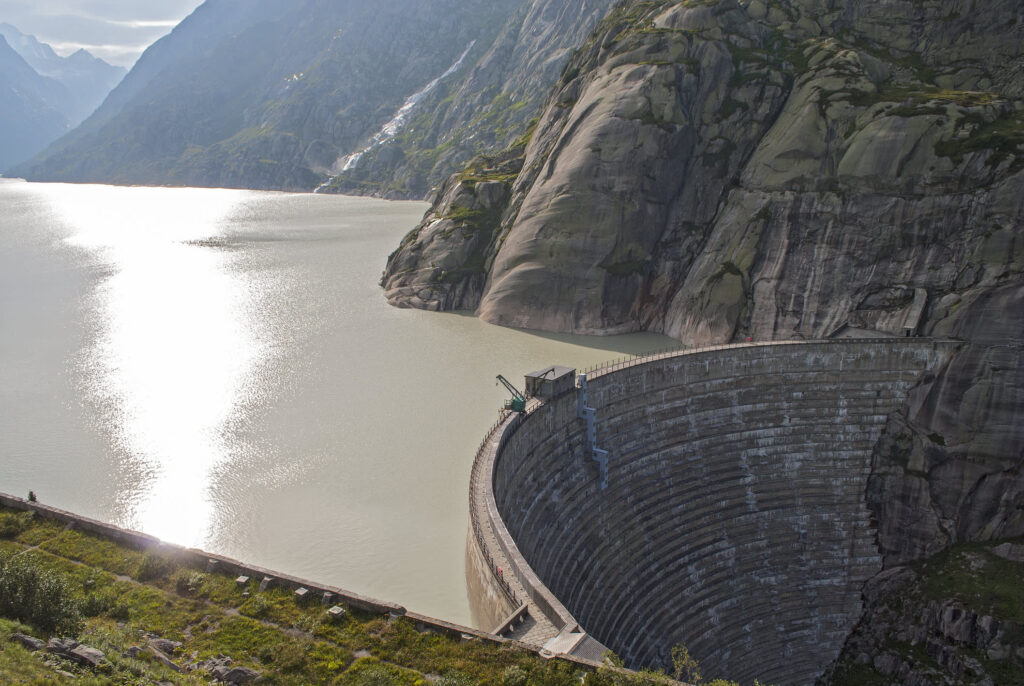
What is Hydropower Energy?
Hydropower energy is generated by converting the kinetic energy of flowing or falling water into electricity. This process typically involves the use of dams and turbines. The main types of hydropower systems include:
- Run-of-River Hydropower: Utilizes the natural flow of rivers without significant water storage.
- Reservoir Hydropower: Involves the construction of dams to create reservoirs that store water for controlled release.
- Pumped Storage Hydropower: Stores energy by pumping water to a higher elevation during low demand and releasing it to generate electricity during peak demand.
Importance of Hydropower Energy in France
Hydropower is crucial for France’s energy landscape. As of 2022, hydropower accounted for approximately 12% of the total electricity generation in the country, making it a cornerstone of France’s renewable energy strategy.
Current Hydropower Capacity in France
Installed Hydropower Capacity
As of 2022, France has an installed hydropower capacity of approximately 25,000 MW. This capacity places France among the top countries in Europe for hydropower generation.
Key Statistics
- Total Installed Hydropower Capacity: 25,000 MW
- Annual Hydropower Generation (2022): Approximately 70 TWh
- Percentage of Total Electricity Generation: 12%
Major Hydropower Projects in France
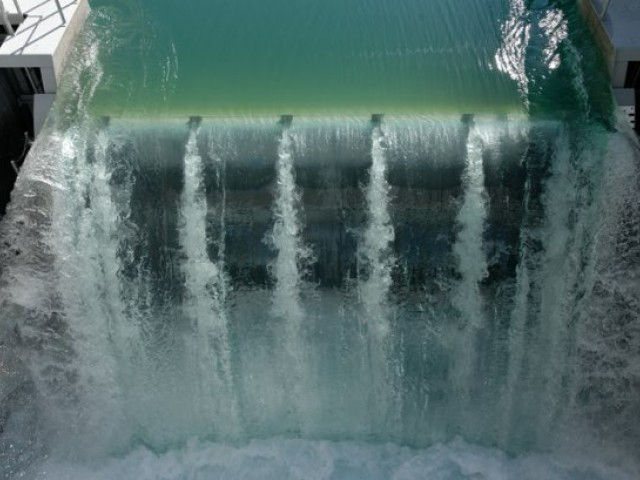
France is home to several significant hydropower projects that contribute to its energy mix:
- Grand’Maison Dam: This facility, located in the Isère department, has a capacity of 3,000 MW, making it one of the largest hydropower plants in France.
- Serre-Ponçon Dam: Situated in the Hautes-Alpes, this dam has a capacity of 1,200 MW and serves as a key water reservoir for the region.
- Barrage de la Rance: Known for its dual function of tidal energy and hydropower, this facility has a capacity of 240 MW.
The Role of Hydropower Energy in France’s Renewable Energy Strategy
National Energy and Climate Plan (NECP)
France’s National Energy and Climate Plan (NECP) outlines the government’s commitment to increasing the share of renewable energy sources. The plan aims for 40% of total electricity generation to come from renewables by 2030, with hydropower expected to remain a significant contributor to this target.
EU Regulations and Support
As a member of the European Union, France follows various regulations that promote renewable energy. The EU Renewable Energy Directive encourages member states to enhance their renewable energy capacities, including hydropower.
Advantages of Hydropower Energy
Renewable and Sustainable
Hydropower is a renewable energy source, relying on the Earth’s water cycle, which is continually replenished. It produces minimal greenhouse gas emissions compared to fossil fuels, making it an environmentally friendly option.
Base Load Energy Source
Hydropower serves as a reliable base load energy source. Unlike solar and wind energy, which can be intermittent, hydropower can provide a consistent and predictable electricity supply.
Economic Benefits
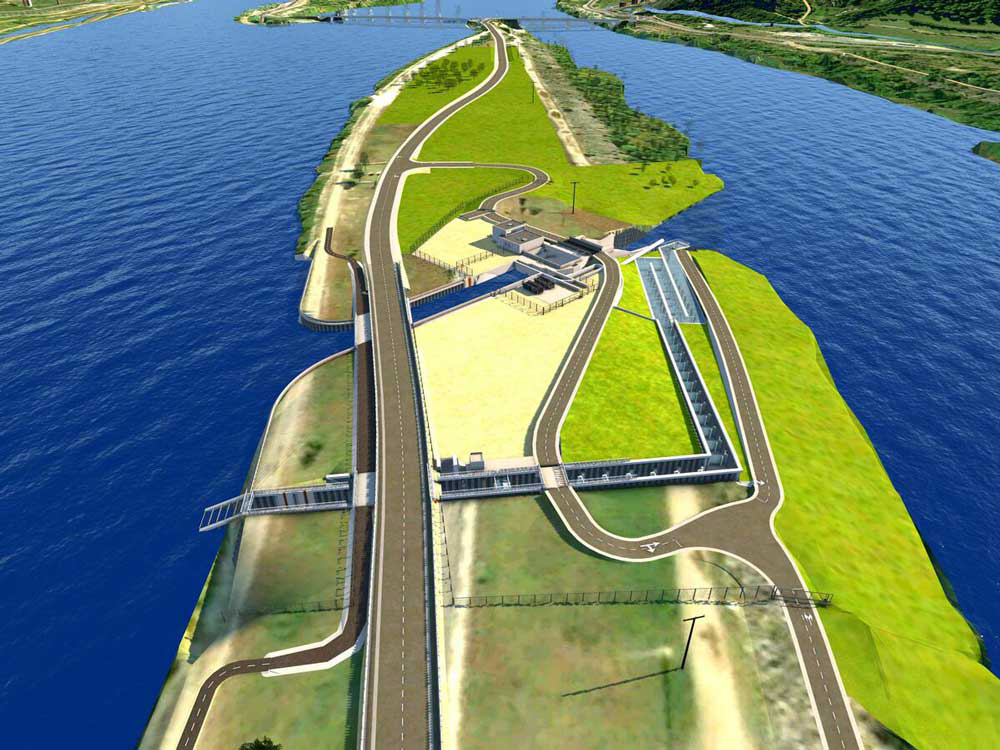
The hydropower sector contributes significantly to France’s economy. According to the International Renewable Energy Agency (IRENA), investments in hydropower can create jobs in construction, operation, and maintenance, benefiting local communities.
Flood Control and Irrigation
In addition to electricity generation, hydropower projects often provide additional benefits, such as flood control and irrigation support for agriculture. Reservoirs created by dams can store water for agricultural use during dry seasons.
Challenges Facing Hydropower Energy in France
Environmental Impact
While hydropower is generally considered renewable, it can have environmental impacts, including habitat disruption for aquatic life and changes in water quality. Comprehensive environmental assessments are necessary to mitigate these effects.
Aging Infrastructure
Many of France’s hydropower facilities are aging, requiring significant investment for upgrades and maintenance. This presents a challenge for ensuring the continued efficiency and reliability of the hydropower sector.
Regulatory and Bureaucratic Hurdles
Navigating the regulatory landscape for hydropower projects can be complex, with lengthy approval processes that can delay the development of new projects or upgrades to existing facilities.
Competition for Water Resources
Hydropower projects often compete with other water uses, such as agriculture and domestic supply. Balancing these competing demands can be challenging, particularly in drought-prone areas.
Future Prospects for Hydropower Energy in France
Technological Innovations
Advancements in hydropower technology, such as improved turbine designs and better energy storage solutions, promise to enhance efficiency and reduce costs. Continued research and development are crucial to unlocking the full potential of hydropower.
Small-Scale Hydropower Projects
France has significant opportunities to develop small-scale hydropower projects, which can provide local communities with renewable energy while minimizing environmental impacts. These projects can often be implemented more quickly and with lower capital costs than larger facilities.
Integration with Other Renewable Sources

Combining hydropower with other renewable sources, such as wind and solar, can enhance energy security and provide a more stable energy supply. This integrated approach helps balance supply and demand, particularly during periods of variable energy generation.
Community Engagement and Investment
Encouraging community involvement in hydropower projects can foster local acceptance and investment. Community-owned hydropower facilities can provide economic benefits while promoting sustainable energy practices.
Conclusion
Hydropower energy is a vital component of France’s renewable energy landscape, offering numerous benefits for energy security, sustainability, and economic development. With its extensive capacity and potential for growth, hydropower can play a crucial role in achieving France’s energy and climate goals. While challenges remain, technological innovations and supportive policies can help France harness its hydropower potential for a sustainable future.
References
- National Energy and Climate Plan (NECP)
- International Renewable Energy Agency (IRENA)
- European Commission – Renewable Energy
- International Energy Agency (IEA)
- Hydropower Europe
